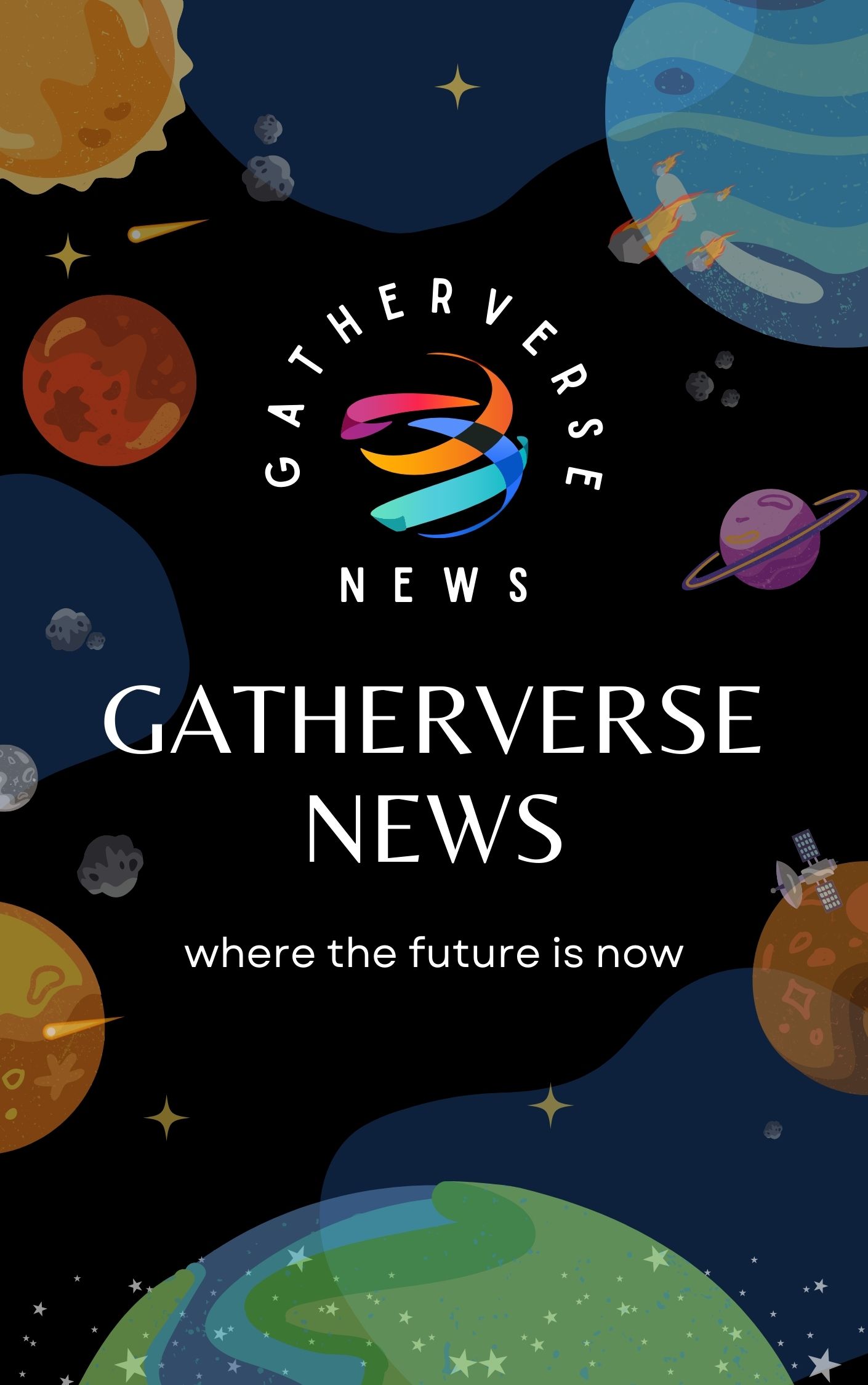Accessibility 
Accessibility to technology refers to the ability of individuals to access and use technology, regardless of their physical, sensory, or cognitive abilities.
This includes the design and implementation of technology that is inclusive and usable by everyone, including people with disabilities.
Accessibility also involves removing barriers that may prevent people from accessing technology, such as cost or geographic location.
Accessibility to technology ensures that everyone has equal access to information, communication, and services provided through technology.
It can improve the quality of life for individuals with disabilities and promote social inclusion.
Ultimately, accessibility to technology is an essential component of creating a more equitable and just society.
We’re helping tell this story.
Focus Features
This news media platform is dedicated to covering issues related to accessibility to technology, with a focus on inclusive design, assistive technologies, and breaking down barriers to access.
It aims to raise awareness about the importance of accessibility and highlight best practices and innovative solutions for making technology more inclusive and usable by all.



